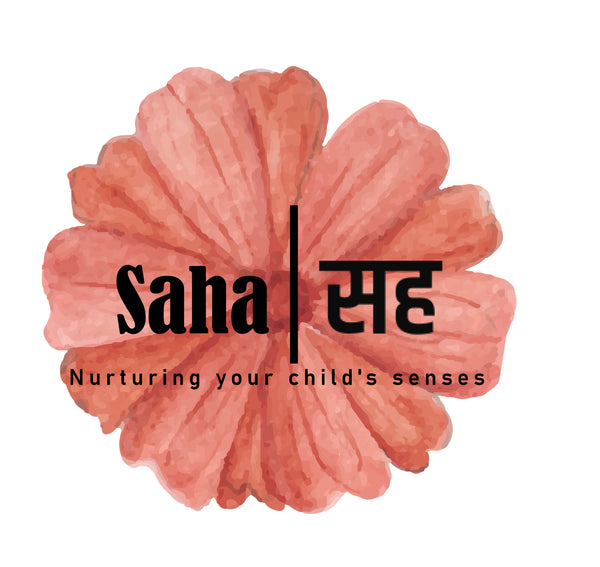
How Childhood Development Theories Are Used in Practice
Share
Childhood development theories provide essential frameworks for understanding how children grow, learn, and interact with their environment. Educators, caregivers, and policymakers implement these theories in practical ways to nurture a child’s cognitive, emotional, social, and physical development. Here’s how some key theories are applied in practice:
Jean Piaget's Cognitive Development Theory
Piaget’s theory highlights stages of cognitive growth, emphasizing that children learn by interacting with their environment. In practice:
- Classroom Application: Educators design hands-on activities tailored to a child’s developmental stage. For instance, younger children in the preoperational stage engage in imaginative play, while older children work on logical problem-solving tasks.
- Experiential Learning: Schools encourage exploration, discovery, and structured play to foster critical thinking and cognitive development.
Lev Vygotsky's Sociocultural Theory
Vygotsky emphasized the Zone of Proximal Development (ZPD) and the importance of social interactions. Practical applications include:
- Scaffolding: Teachers provide structured support, such as hints or demonstrations, and gradually reduce assistance as children master tasks independently.
- Collaborative Learning: Classrooms often use peer interactions to help less skilled learners progress through social and shared problem-solving.
John Bowlby’s Attachment Theory
Bowlby’s work on attachment underscores the importance of secure emotional bonds for healthy development. Implementations include:
- Responsive Caregiving: Early childhood programs emphasize strong caregiver-child relationships to build trust and security. Responsive interactions help children develop emotional resilience.
- Parental Guidance: Workshops and parenting programs teach strategies for fostering secure attachments through effective communication and consistent care.
Jerome Bruner’s Discovery Learning
Bruner’s advocacy for discovery-based learning focuses on the active role of the child in constructing knowledge. Applications include:
- Engaged Classrooms: Teachers incorporate storytelling, debates, and problem-solving exercises to encourage independent thinking and deeper learning.
- Spiral Curriculum: Concepts are revisited with increasing complexity to ensure long-term retention and understanding.
John Dewey’s Experiential Learning
Dewey’s emphasis on "learning by doing" and interdisciplinary education is reflected in:
- Problem-Based Learning: Real-world scenarios are used to teach critical thinking and application of knowledge.
- Student-Led Activities: Teachers facilitate discussions, hands-on projects, and collaborative tasks, enabling students to take ownership of their learning process.
The Value of Theory in Practice
By integrating these foundational theories into education and caregiving practices, we ensure environments that holistically support children’s development. The application of these theories helps cultivate skills, creativity, emotional well-being, and a lifelong love of learning.
Learn More:
